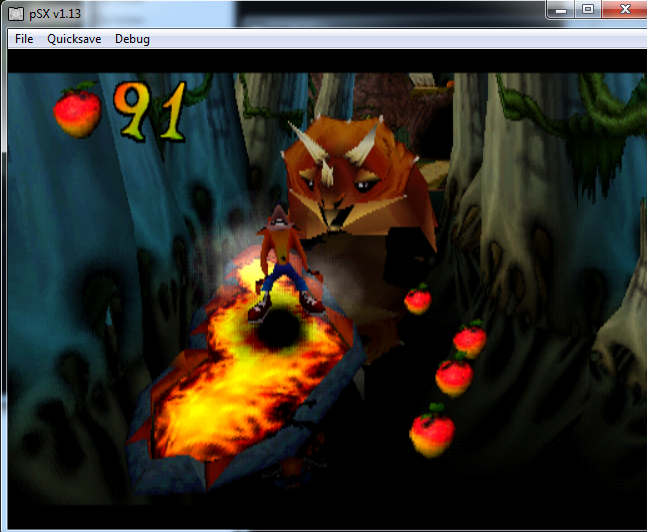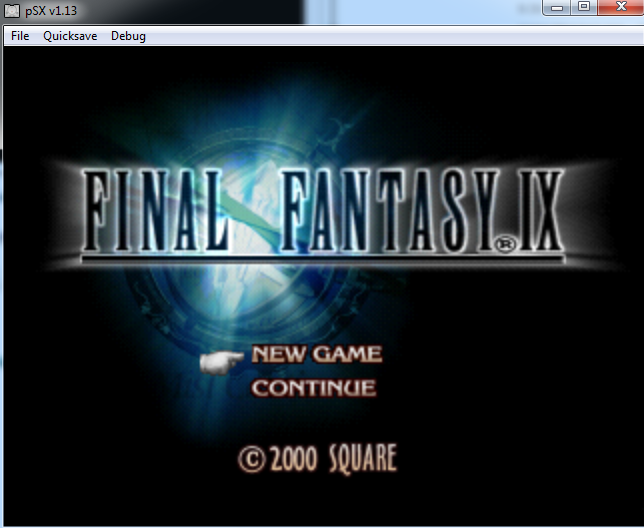Holding a brand new video game in your hands is very exciting. In it you are holding massive anticipation for the experience that it will bring to you and many times you have expectations of what it will bring. Sometimes you are looking for a familiar experience, like the time I was shopping for Playstation 1 games and asked for a game that was similar to Zelda and the store recommended that I buy Alundra. Many times you want something different to give yourself a change from your normal routine, like the occasional shooter game I like to play to get my blood pumping. Or maybe you want to play a simulator game so you can feel like an expert car driver, city builder, civilization leader, guitar player, or even dancer. No matter what type of experience you are going for I think there are some basic tenants of gaming that can be applied to all videogames.
- The game provides immersion in an experience outside the real world.
- Games draw you in with a goal that must be achieved within the rules that are defined. Sometimes you have to save a princess by passing through 8 game-worlds and jumping on your enemies heads.
- The game provides auditory and visual feedback on the changing conditions in the game environment. Breaking focus from the screen typically pulls you out of the game.
- You can only input your moves through the provided mechanisms. Today there are new clever ways to interact with video game devices, but if you try tilting your controller on a PS1 racing game it won’t help you steer your virtual car – you have to use the direction pad. Conforming to these inputs is a part of the immersion.
- The game provides entertainment value.
- Since all players of games are playing voluntarily they must be enticed to play of their own free will. If there is no draw of entertainment then either the player will be disengaged or unwilling to play. Both problems essentially stops the play.
- Depending on the person’s tastes, entertainment can come in many forms such as story, gameplay, artwork, music, social interaction, or novelty.
- Perhaps the game goes so far as to provide a functional benefit to you such as Wii Fit or certain educational focused games. This is a clever way to integrate the entertainment value with physical or mental benefits (that may also be a driving factor to wanting to play).
- The game provides a challenge.
- Games are typically finite events that may bestow some sort of title of achievement. Sometimes you are trying to save a princess, reach a high score, or be the last man standing.
- Games must present a struggle to the player that they must overcome to reach the goal or win. Whether that is competing with other players to win a match or defeating the boss to progress to the next level. It is typically a test of your mastery of the game mechanics and rules.
- The challenge of a game can typically be adjusted in modes of Easy, Normal, or Hard. In multiplayer games you are matched against lower-tier players if you are also a lower-tier player. If games don’t provide an initial option for difficulty they may provide optional challenges within the game such as finding all the hidden letters to spell “KONG” or finishing within a certain amount of time.

Screenshot from Donkey Kong Country. Not only are the Mine Cart levels the most difficult – timing this particular jump to get that “N” without failing is exceptionally difficult! Here I am clearly overshooting the jump, but at least I’m not dying like my 5 other attempts to make this screenshot! 🙂
Obviously I’ve loaded these criteria so I can focus on this last point made here, that difficulty is many times an optional path. Why do some people choose the higher difficulty path, and why are we presented with these options in the first place? What choice are you actually making when you choose the easy option? Sometimes you are recognizing your own weaknesses, that you aren’t very capable in certain types of games or maybe it is your first time playing this kind of game. I know I am lacking in skill when it comes to Guitar Hero and other precise timing-based games. However in many cases I think when a person chooses the “easy” path they are consciously removing some of the challenge (#3) for a greater perceived benefit from the immersion (#1) and entertainment (#2). I think we can all agree when you fail at performing “Walk This Way” for the 7th time in a row you naturally are losing entertainment value and start to pull yourself away from the immersion in the experience.
It is counter-intuitive to think that failure is a part of every game, since it seems so detrimental to the overall experience. However, one researcher states that gamers spend approximately 80% of their game-time failing! Whether you are losing against other players, fallen down an endless pit, or let your blocks stack up over the allowed height; nearly every game has moments that tell you that you have failed. I’ve realized that failure is an integral part to games, and further that good games turn failure into a constructive part of the game.
When you fail in a videogame you typically need to experience two emotions (or else you will probably rage-quit):
- Spectacular Failure. The failure itself should be awe inspiring, almost a reward in it of itself. My favorite failure memories come from the Crash Bandicoot series, where the fragile creature can die a multitude of ways during the game, and has a spectacular and often hilarious animation for death in every instance. And while I am an expert at avoiding death in these games, I always liked to spend my “lives” to experience every different type of death the poor creature can encounter.

Getting your butt burnt by lava while being chased by a dinosaur is a pretty epic way to die! Screenshot from Crash Bandicoot 3
- Hope of Success. After you have experienced the spectacular failure you should be still left with a hope of success to overcome the particular obstacle. If you have ever played Guitar Hero and failed during the solo, then you are probably going to try again thinking “I know where I failed, and I can do better next time.” Its that hope of success that keeps you driving forward. If you have encountered painfully hard games like Dark Souls or Super Meat Boy the suffering of failure is small compared to sudden surge of enthusiasm to say “I’m gonna get back in there and succeed where last I failed!”
Ultimately we find that success can result in being more of an endpoint than failure. Failure means you get another chance to do it right. Success means you have already mastered it, and afterwards it can leave you lost without a new objective or new game to play.
So if failure is such an integral part of a “fun” pass-time, how can we apply this counter-intuitive logic to our everyday life? Here are a few ideas:
- Increase the difficulty level of your daily life! Watching TV and doing other passive “entertainment” activities are shown to INCREASE stress. Engaging in competitive activities, learning something new, or taking circuitous routes to complete simple tasks has been shown to unlock more satisfying pathways in your brain.
- Make your failures spectacular! When you are trying to cook new recipes, posting content on your social media, tackle assignments at work make sure if they fail; they fail hardcore! If I fail at a simple task at work then I feel pretty crappy, but if I fail at a difficult task then that is something I can share with co-workers on something that I’ve learned.
- Take an iterative approach! Good engineers and video game players share this trait; we aren’t shooting for 100% success out of nowhere. We want to get as close as we can to the target, but always leave room for improvements when we see failures and deficiencies in our original plan.
If you want to learn more about how games can have an impact on real life, you can look up the books by Jane McGonigal or the philosophy book Finite and Infinite Games. I may be making a few more video-game related posts based on what I extract from this literature.
If you are interested in experiencing the resilience building effect of difficult videogames, you can start with some suggestions here. Amazingly, I have found some of the most difficult games I have ever played are on the original Nintendo Entertainment System, or NES. Games like Super Mario Brothers, Metroid, Tetris, Castlevania, Final Fantasy, and Battletoads are all incredibly challenging and complex. You can access all of those games here. Some more modern challenging games include Doom, Dark Souls, Super Meat Boy, The Binding of Isaac, and the New Donkey Kong series. I’ll add that most games have good challenges (as they are designed that way) so feel free to explore to find a game that interests you.
So, do you choose Hard mode or Easy mode? Why?


























